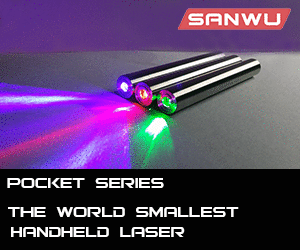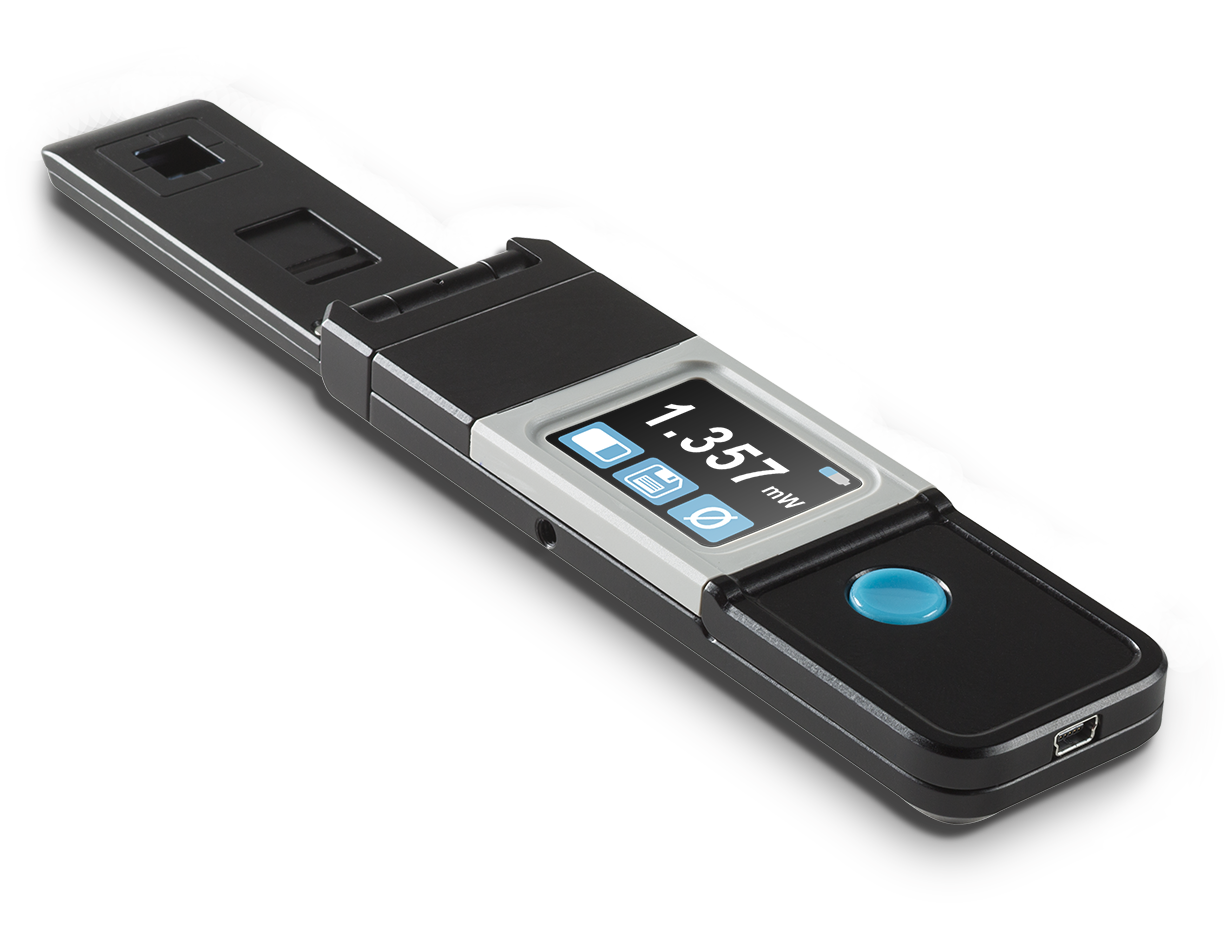While I can't comment on the LPM aspect, I have to agree with brendon about the reliability of most lasers we build and use here.
Your best bet is to go with a low power diode laser since these will be relatively stable. However, if the power output is low, you will need an LPM with very high resolution if you are to detect a 1-4% loss to the mirror.
DPSS lasers are not ideal because they are more sensitive to temperature than diodes. Additionally, higher power diode lasers produce a lot of waste heat which can result in fluctuations in power and shifts in wavelength.
A 200 mW 650 nm laser diode would be my first choice for something inexpensive and stable over its operating temperature but then you will need to reliably measure a loss of 2-8 mW.
If you can obtain such a laser, it may be possible to accomplish what you want.
My naive approach would probably go something like this:
1. Measure output of laser every ~2 seconds for 2 minutes.
2. Allow laser to cool to room temperature for several minutes.
3. Measure output of laser every ~2 seconds after telescope optics.
4. Repeat as many times as necessary to obtain reliable averages for your control (without telescope) and experimental (with telescope) runs.
It would also be a good idea to randomize the order of your control and experimental runs with a coin flip to ameliorate bias.
Some other considerations that may be important:
- distance the beam travels before reaching the LPM should be standardized. This means you will need to make sure the beam travels the same distance when it does not bounce off the mirror and when it does.
- the telescope mirror will distort the beam profile - the mirror is slightly concave, so you can expect the beam diameter to be smaller after reflection (before the beam waist). This shouldn't be a big deal, since a smaller beam will more easily fit onto the LPM sensor. It could be an issue if the beam expands substantially before it gets to the sensor. Any light that is clipped due to the beam not fitting on the sensor will bias your results.
- more power will provide better accuracy but may result in noisier measurements and poses higher risk of injury or damage to your equipment.
Typically, the power of a diode laser will slowly drop during continuous use unless the laser features a feedback and power control circuit and/or temperature control.
By plotting the results from each of many runs and doing a quick t-test, you may be able to get a good idea of what the loss to optics is.
I think this sounds like a really cool project and I would be interested to see if this works with hobby equipment.
Do you have access to standard protocols for doing these tests?





